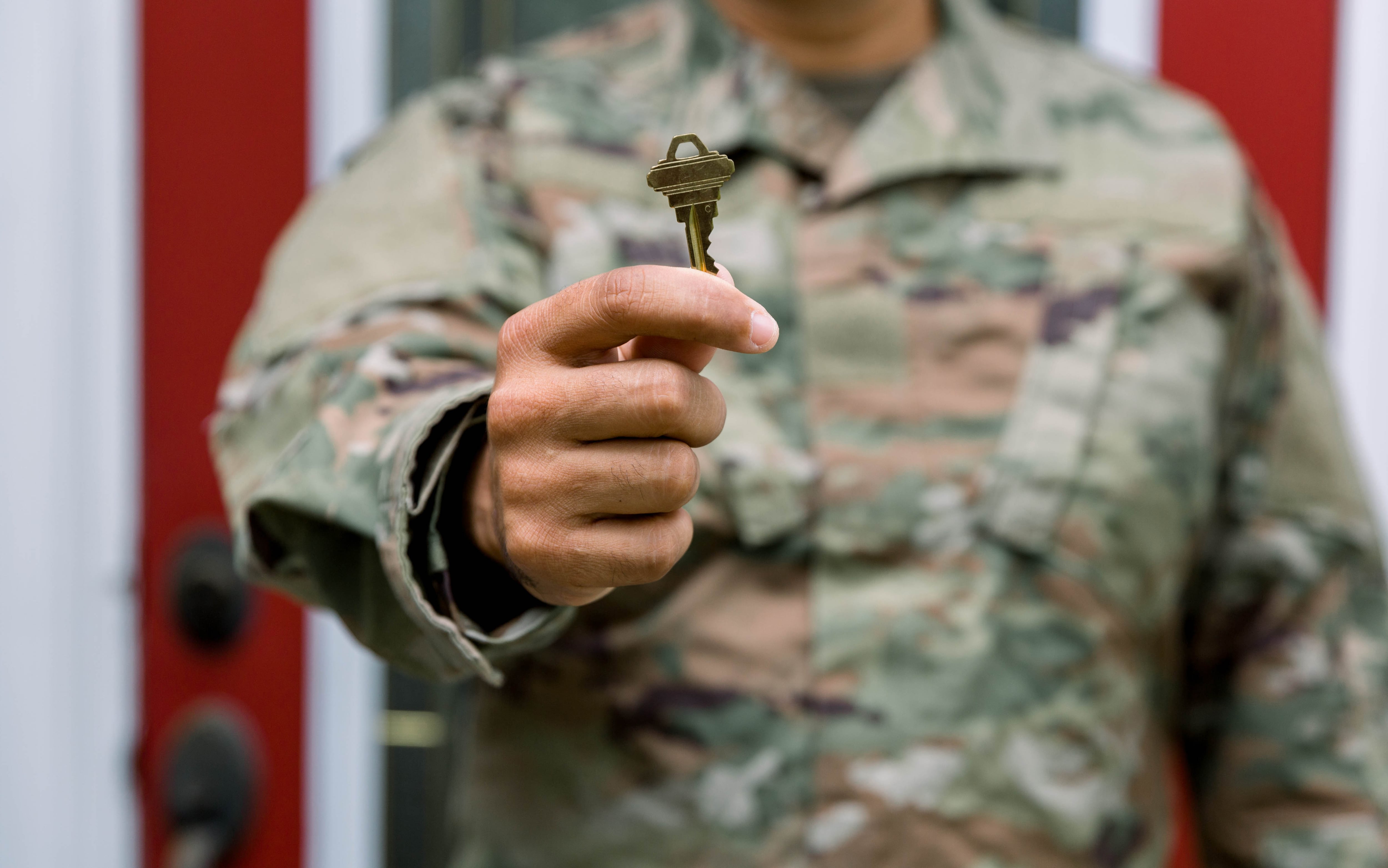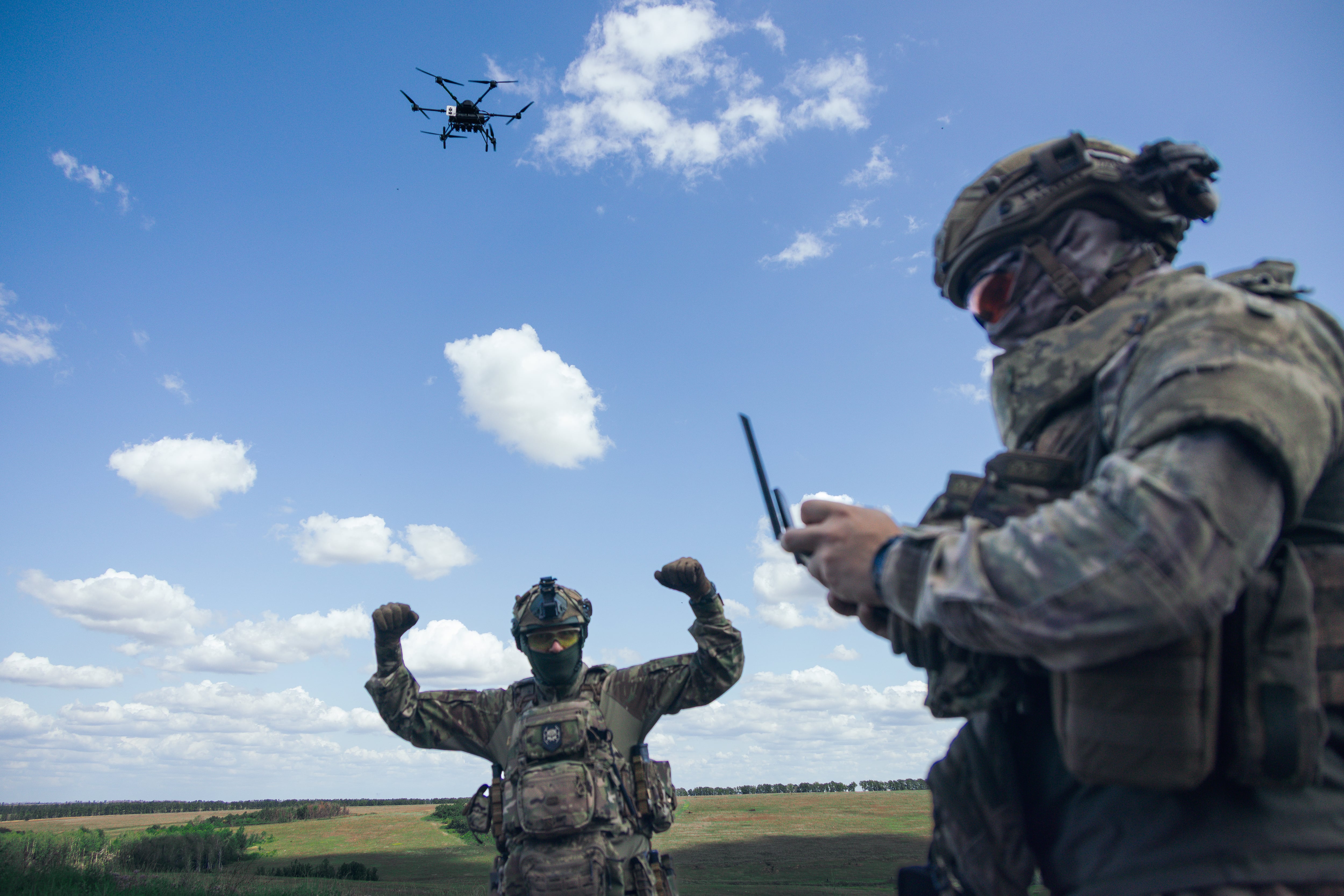20,000 FEET OVER THE ATLANTIC — As the KC-10 tanker hugs the North Carolina coast about 40 miles north of Cherry Point Naval Air Station, six EA-6B Prowlers from Marine Tactical Electronic Warfare Squadron 2 line up to take fuel.
The tanker releases a long hose and a drogue refueling basket used for Navy and Marine Corps aircraft. The tanker cannot control the hose, so it is up to the Prowlers to make contact with the basket.
It's not the type of work that Staff Sgt. Alexander Meeds prefers. As a boom operator, he is used to gently coaxing the tanker's boom into an Air Force aircraft's fuel receptacle. Operating the boom requires a finely tuned sense of how far the other plane is — and it means keeping cool to avoid inadvertently damaging the aircraft receiving fuel.
"While you're controlling the boom, you're trying to maintain your own calmness while at the same time remembering all the training you've done before and remembering exactly what you're supposed to do," said Meeds, of the 32nd Air Refueling Squadron at Joint Base McGuire-Dix-Lakehurst in New Jersey.
How much he has to move the boom depends on the skill level of the other pilot, Meeds said. Some pilots fly too far to one side and over-correct, so they end up rocking back and forth, he said.
Boom operators have to process a lot of information as they talk to both the tanker pilot and the receiver aircraft pilot. If more aircraft need to tank up, the boom operator talks to them as well. When the two planes connect, they are only 50 feet apart, so it is possible to see the pilot and crew of the other plane through the cockpit windows.
Sitting in the aerial refueling operator station earlier in a training mission on Nov. 13, Meeds went through several scenarios to simulate refueling another KC-10, including an emergency breakaway.
Judging distances so precisely is something he's learned through simulator training and real-world experience. If the whole airplane is visbile in window he looks out of, he knows the plane is 100 feet away. If only the plane's two engines are visible, the plane is 70 feet away. And so forth.
"The best way to describe it is: You look down at the end of the boom, and where that boom is extended to is 12 feet," he said. "So you just put that many booms in between the tip and the receptacle, and that's kind of how you determine how far it is"
The maneuver is particularly difficult when the tanker pilot flies the plane manually during an aerial refueling mission, training for the eventuality that autopilot doesn't work, Meeds said.
"When we went autopilot off: Our airplane is moving and their airplane is moving, and both airplanes are trying to line up and stabilize at the same time while I'm trying to line up the boom at the same time," Meeds said.
In case of fire
During air refueling missions, boom operators have to be looking out for several emergencies, including fuel fumes seeping into the aerial refueling operator station, loss of cabin pressure and a loss of control for the boom, Meeds said. But the biggest threat is fire.
"Smoke and fumes," he said. "If you have that problem at all … everything else goes to the wayside other than you making sure the aircraft is well cleared from another aircraft, making sure everything is in a safe position and making sure you're following the checklist like you should be and doing the right procedures to get the smoke or the fire taken care of."
Boom operators get their first taste training for emergencies in the simulator, said Staff Sgt. Clay Wonders, an instructor at the KC-10 Formal Training Unit at Joint Base McGuire-Dix-Lakehurst. Simulating emergencies would be too dangerous to try on an actual jet.
"Those are very serious situations," he said. "They can end very badly. They can end with two aircraft colliding if it's not recognized and enacted on soon enough."
The simulator allows boom operators in training to safely go through their checklists when emergencies arise, but you can't beat a real-life aerial refueling, said Wonders, whose job includes going on missions in case his student doesn't react quickly enough to an emergency.
"What happens sometimes with the newer students whenever they're out in the actual airplane and they get that first indication that they need to separate, they tend to tense up and freeze," he said.





